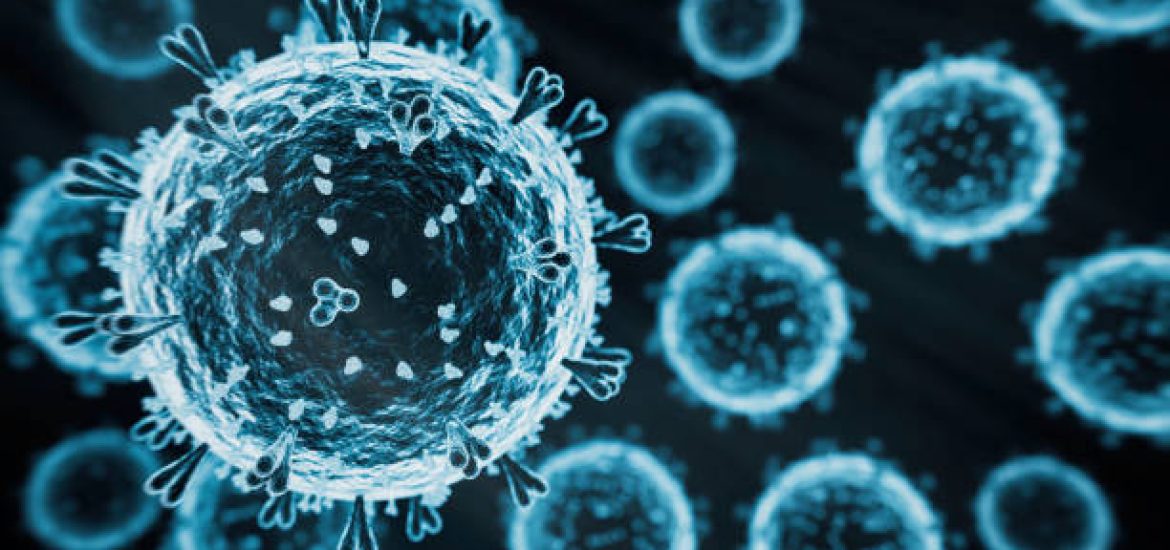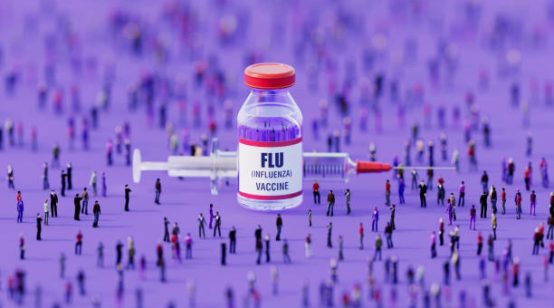
A recent outbreak of avian influenza in Nevada dairy cattle has raised concerns among scientists, as genetic analysis reveals a mutation that may allow the virus to replicate more effectively in mammals, including humans. According to a new report from the U.S. Department of Agriculture (USDA), this genetic change was found in a subtype of the H5N1 virus, known as D1.1, which has been linked to severe human infections in North America.
Growing Concerns Over Transmission
The outbreak gained attention when a dairy farm worker in Nevada tested positive for H5N1, marking the first recorded human infection in the state. The individual developed conjunctivitis, or inflamed eyes, a known symptom of bird flu. The Centers for Disease Control and Prevention (CDC) is working to confirm the test results. While the overall risk to the public remains low, farmworkers and individuals with close contact with infected animals face a higher likelihood of exposure.
Unlike most previous bird flu cases in U.S. cattle, which were caused by the B3.13 variant, the infections in Nevada stem from the D1.1 strain. Scientists are still investigating how the virus spread to the cows. Many farmers in the affected region reported mass die-offs of wild birds before their herds became infected, suggesting the virus may have been transmitted through direct contact with infected birds or their droppings.
Genetic Changes Raise Red Flags
Genetic sequencing has revealed that the D1.1 strain contains a mutation that enhances its ability to replicate in mammals. This mutation has not been detected in previous bird or poultry infections, raising concerns that another animal species, such as a fox or a cat, may have served as an intermediary host.
“This mutation allows the virus to replicate more efficiently, posing a potential risk to humans exposed to infected cows,” said Dr. Seema Lakdawala, a microbiologist at Emory University studying the spread of H5N1 in dairy herds.
Origins of the D1.1 Strain
Viruses evolve through two primary mechanisms: antigenic drift and antigenic shift. Drift involves small, gradual changes that may enhance the virus’s survival, while shift results in a major genetic reassortment, often leading to the emergence of entirely new viral strains.
D1.1 originated from a shift event, making it a hybrid virus. It contains genetic material from a highly pathogenic H5N1 strain brought to North America by migratory birds from Asia and a low-pathogenic flu virus already present in local bird populations. This variant was first detected in wild birds in September 2024 and has since become the dominant H5N1 lineage in North America.
Human Infections and Fatalities
The D1.1 variant has been linked to two severe human infections in North America. In November, a 13-year-old girl in British Columbia, Canada, became critically ill after contracting the virus and suffered multiple organ failure. She survived after weeks of intensive care, but health officials were unable to determine how she was exposed.
In December, a person over 65 in Louisiana contracted the D1.1 strain after exposure to infected birds and later died, marking the first recorded H5N1-related fatality in the United States. Genetic sequencing of the virus from the Louisiana patient showed further adaptations that may have enhanced its ability to infect human cells.
Ongoing Research and Future Risks
Scientists are actively investigating why the D1.1 strain appears to cause more severe infections than the B3.13 variant. One theory suggests that people may have some immunity to B3.13 due to prior exposure to similar flu strains, whereas D1.1’s unique genetic makeup allows it to evade immune defenses more effectively.
Dr. Louise Moncla, a researcher at the University of Pennsylvania, noted that the “N” segment of D1.1 differs significantly from that of B3.13, which could influence how the virus interacts with human immune systems.
Although no widespread human transmission has been reported, the increasing number of cases in cattle and occasional human infections highlight the need for continued monitoring and research. Health officials emphasize that farmworkers and those in close contact with livestock should take extra precautions to prevent potential exposure.
Conclusion
As the D1.1 strain of H5N1 continues to spread in dairy cattle, concerns grow over its potential impact on public health. While the risk to the general population remains low, experts are closely tracking its evolution to assess whether it could pose a greater threat in the future. The discovery of genetic mutations that enhance replication in mammals underscores the importance of ongoing surveillance and preparedness for emerging infectious diseases.





